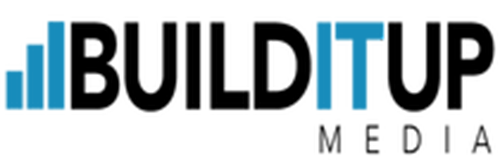People connected to the Ally network can be identified from Ly-Network posters. This network includes queer-friendly and queer-identified faculty, staff, and students who provide a safe space and support to the LGBTQIA campus community. No sister, your commitment to white supremacy is why it`s so hard to be an ally. An ally is someone who aligns with another person or group of people on a cause and supports it. A direct ally, specifically, is someone outside the LGBTQ community who supports their fight for equality and rights. If you`re white, you`re screaming against systemic racism. If you are a direct ally for LGBTQ rights. If you are a U.S. citizen, stand up for undocumented immigrants. Stand up for Indigenous peoples, the poor, black people, those who, you, me, us.
While many in the LGBTQ community value “good” allies, there are many articles that describe how to be a better ally. They cite that they take no place in the discussion about someone who is LGBTQ, try to understand the history and nuances of the movement, and actively fight injustice and discrimination when they occur. The Museum of LGBTQ History in Central Florida is an organization that collects, preserves, and digitally exhibits the history of the region`s gay, lesbian, bisexual, and transgender communities. There have been several important campaigns to promote allies, such as the 2015 #illgowithyou, in which allies accompany transgender people to the bathroom to make them feel safe. As you read on, you`ll find helpful resources that will give you more information on how to be an ally and friend. In the LGBTQ community in the 1990s, there was an ally, an extension of the word ally as “supporter.” However, the concept of ally is much older. PFLAG, or relatives, families and friends of lesbians and gays, was founded in 1973 and has been an important organization for allies ever since. According to Webster`s New World Dictionary of the American Language, an ally is someone who is “connected to another for a common purpose.” An ally is someone who defends, supports and encourages the people around them.
It is a term that is widely used in the LGBTQIA+ community. In this case, it`s a heterosexual and/or cisgender person, but trying to make the world a better place for people who identify as LGBTQIA+. Most LGBT organizations have heterosexual or cisgender members; Others actively promote the participation of heterosexuals and cisgenders. A gay-straight alliance (also known as a gender-sexuality alliance) is a student-led club that brings together LGBT and heterosexual students to create a platform for activism to combat homophobia and transphobia. [6] There are also groups that unite the LGBT community to work with allies. Founded in 1973, PFLAG is the original allied organization founded by Jeanne Manford, the mother of the Ally movement. Based in the United States, PFLAG brings LGBT people together with their parents, families and allies to achieve full civil and legal equality for LGBT people. In 2007, the organization launched a new project, Straight for Equality,[7] to help more allies get involved in the LGBT movement in the workplace, in health care, and now in religious communities. Here are some testimonials from Summa Health employees about what it means to be an ally of the LGBTQ population: As we prepare to celebrate Pride Month in June, Summa Health`s employee resource group, A+ PLUs (Allies and People Like Us), would like to commemorate this year`s celebrations by talking about what the “A” stands for in A+PLUs. What does it mean to be a true ally of the LGBTQ community? Being an ally is not an identity that asserts itself, it is an identity that assigns people within one community to others based on their efforts to combat and sharpen the problems faced by those affected, says Michael Nunes, Director of LGBTQ+ Services, `16`18MA.
Whether they use “ally” or other related terms, these identities require actions that can be active or passive. Whites: There`s a fine line between being an ally and taking someone else`s voice. Learn where it is and how you can`t get through it From the LGBTQ community, the term allied has spread to refer to people who work to support other disenfranchised and minority communities such as people of color. Another challenge is that allies in particular can easily be discouraged by careful consideration of their motivations and approaches. New heterosexual allies may be overwhelmed by the complication of their position in the movement. As new allies derive their identity from their personal relationships with people who identify as queer, this limits their alliance. [11] Allies tend to be very defensive when responding to criticism from members of the queer community about their understanding of queer issues, which in turn fuels concerns that they are motivated by the praise they expect as a moral reward.
